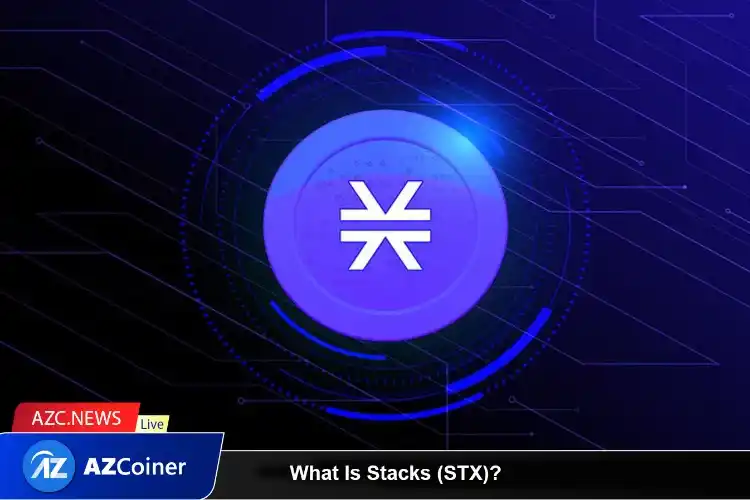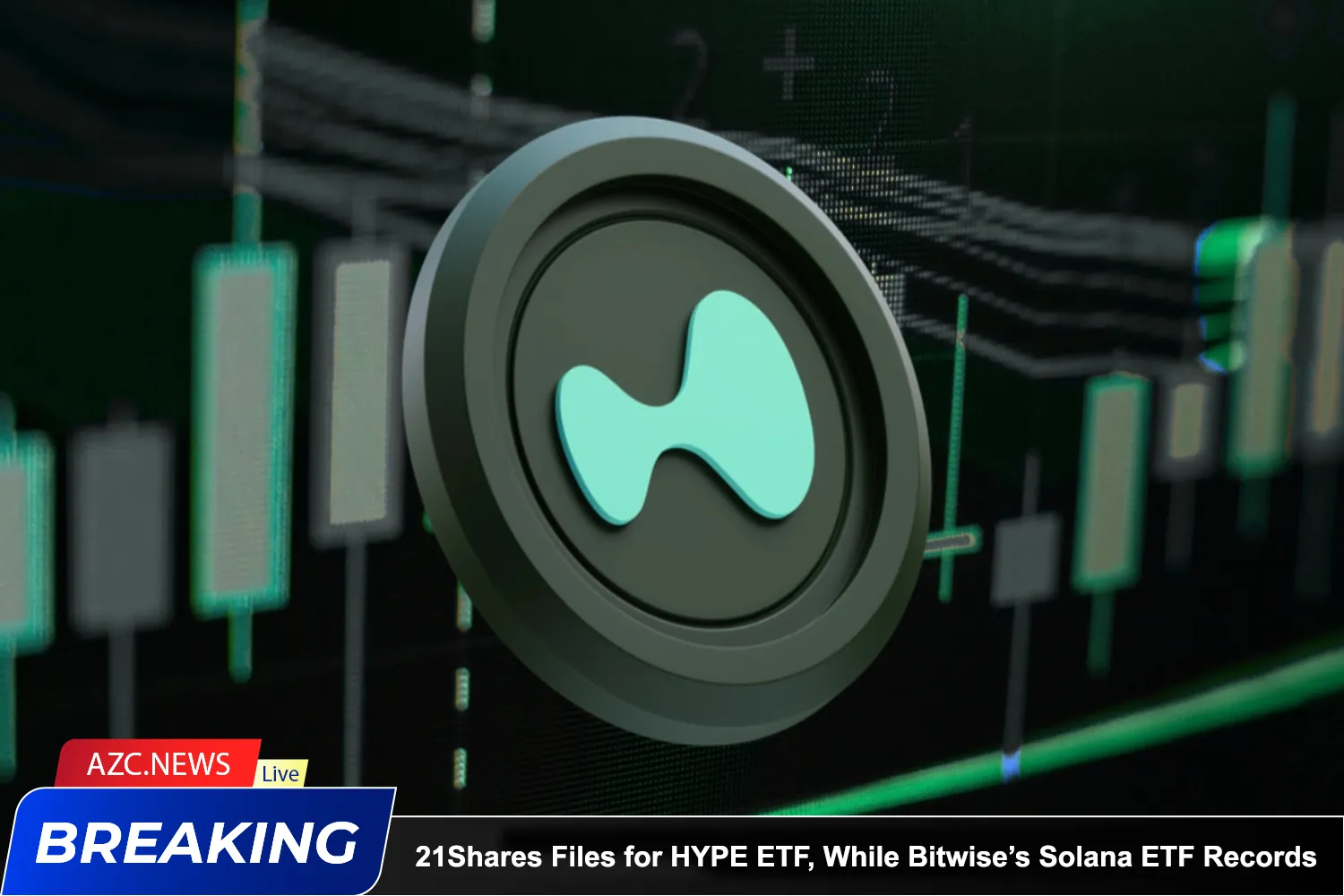What is Stacks?
Stacks is an open source blockchain, including decentralized applications (dApps) and smart contracts built on the Bitcoin platform. What’s unique about Stacks is the use of a new consensus mechanism called Proof-of-Transfer (PoX), which helps Bitcoin become a Layer 1 blockchain, where any dApps and smart contracts can be programmed and built. Although Stacks and Bitcoin are two separate blockchains, they have the ability to work effectively together.
Stacks uses the Clarity smart contract language, a language with simple programming syntax that does not compromise the security of the Bitcoin network. The PoX mechanism then connects the Stacks blockchain directly to the Bitcoin blockchain. Clarity also brings convenience to developers and users when reading source code in English. Most importantly, Stacks allows the creation of smart contracts secured by Bitcoin.
Stacks products
Stacks extends Bitcoin to allow dApps to be applied and scaled in a decentralized manner. The products/features are as follows:
Bitcoin NFTs
Each NFT created on the Stacks blockchain through Clarity smart contracts will be secured by leveraging the potential of Bitcoin. At the same time, Stacks blockchain offers NFT Marketplaces like Gamma, where users can trade NFTs for Stacks (STX) or Bitcoin (BTC). Currently, the ecosystem has appeared many outstanding Bitcoin NFT collections on exchanges such as TwelveFold, Megapunks…
NFTs on the Stacks blockchain. Source: Gamma
Bitcoin DeFi
Currently, Bitcoin (BTC) is the asset with the highest capitalization on the market and is held by many traditional financial institutions, however, it is still not utilized by many organizations. With the goal of enabling DeFi for Bitcoin, providing opportunities for Bitcoin holders to mine profits through STX Stacking and participate in the Proof of Transfer consensus mechanism to earn BTC. Users can also use BTC for payments in dApps built on the blockchain.
In particular, Stacking activity is a process of finding profits carried out through the Proof of Transfer (PoX) consensus mechanism, a feature only available on the Stacks platform, different from Staking (done through the Stacks platform). Proof of Stake consensus mechanism). This means users pledge a certain amount of STX to the protocol for a chance to mint BTC rewards.
Stacking feature interface
Blockchain Naming System (BNS)
Blockchain Naming System (BNS) is a Web3 domain name system operating in the Stacks ecosystem. The highlight of BNS is that it allows users to increase identification in the market as well as increase transparency because each domain name is stored on the blockchain.
Domain naming interface (.BTC)
Up to now (April 2023), the total Total Total Value (TVL) including the amount of STX being staked on platforms in the Stacks blockchain has reached more than 25 million USD, an increase of 1.78% (according to DefiLlama). In the community, more than 2,000 BTC (rewards) are earned each month thanks to the PoX consensus mechanism, which also increases the appeal for Bitcoin investors and promotes the development of Stacks. Currently, the Stacks ecosystem is expanding in many fields such as:
-
DeFi: ALEX, Arkadiko, Stackswap, UWU Protocol…
-
NFT: Gamma, StacksBridge…
-
DAO/Community: LydianDAO, Stacks Foundation…
Highlights of Stacks
Stacks is one of the projects particularly interested in Bitcoin during a prominent period of other Layer 1s such as Ethereum, Solana,…
Projects run on the blockchain with Smart Contracts, controlled by code rather than by companies or anyone else who can access them. This opens up the possibility for decentralized applications to perform functions that conventional applications cannot perform.
All transactions are settled on Bitcoin, ensuring that applications and transactions on Stacks are as secure as transactions on Bitcoin. Applications can be written based on Bitcoin logic.
Stacks chooses a Bitcoin-centric approach, which means developing and expanding Bitcoin instead of creating a new Layer 1 to compete with Bitcoin. This helps Stacks develop in sync with Bitcoin.
Related: What is Bitcoin? Why was Bitcoin Created?
What is STX token?
Key Metrics STX
-
Token Name: Stacks
-
Ticker: STX
-
Blockchain: Stacks
-
Token Standard: Updating…
-
Contract: Updating…
-
Token Type: Utility.
-
Total Supply: 1,818,000,000 STX
-
Circulating Supply: 1,422,785,613 STX
STX Token Use Case
STX will be used to:
-
Register digital assets
-
Pay transaction fees
-
Implement Clarity Smart Contract
-
Stake to become a node to receive rewards of BTC and STX
STX Token Allocation
Distribution of STX coins
STX tokens will be allocated as follows:
-
2018 Token Sales: 30%
-
Short-term Treasury: 22%
-
Founder Distribution: 13.6%
-
2019 Token Sales: 9%
-
Long-term Treasury: 8.3%
-
Equity Investor Distribution: 8.2%
-
Employee Distribution: 5.6%
-
Reg A App Mining: 3%
STX Token Release Schedule
After switching the burning and minting mechanism to a deflationary model, Stacks will allocate tokens as follows:
-
1,000 STX/block will be released in the first 4 years (after mainnet).
-
500 STX/block will be released from years 5 to 9.
-
250 STX/block will be released from years 10 to 14.
-
125 STX/block will be released at a later date.
Vesting Schedule
Where to buy STX?
Users can buy STX tokens through centralized exchanges (CEX) such as Coinbase, Binance, OKEX, Kucoin, Gate, BingX…
Reputable STX Token storage wallet
STX is the Native Token of Stacks Blockchain, it is stored on a private wallet called Stacks Wallet.
Roadmap & Updates
In 2023, Stacks has deployed based on the following plan:
Q1/2023
-
Complete upgrade of Stacks 2.1
-
Hiro Developer Platform
Q2/2023
-
Subnets
Q4/2023
-
Launched Stacks Nakamoto version
-
sBTC: Unlock Bitcoin Write
Project team, investors & partners
Project team
Muneeb Ali: He is the co-founder and currently the executive chairman of Hiro – a tools company for developers across the ecosystem. He holds a PhD in Distributed Systems from Princeton University and holds a lecturer position in the field of cloud computing there.
Ryan Shea: He is the co-founder and author of several popular open source libraries on cryptography and blockchain technology. He holds a degree in Mechanical and Aerospace Engineering from Princeton University with a minor in Computer Science. Before Stacks, Ryan co-founded a software-as-a-service company called GraphMuse.
Development team
In addition, Stacks also has professional associates and advisors with many years of experience in the field of blockchain technology such as Mike Freedman, Albert Wenger,…
Investors
The capital calls were led by many investment funds and investors: Hashkey, SNZ Holding, Union Square Ventures, Omar Darwazah (CFO at AAF Management ltd), Buddy Shakhashir (Platform Ventures)…
Partner
Stacks has cooperated with many famous projects and platforms such as Ankr, Orbit Chain, 10 Pearls, Injective…
Similar projects
Some projects in the same field as Stacks: Rootstock, Lightning Network, Blockstream…
Conclude
Through the above article overview about the Stacks (STX) project, AZC.News hopes readers will grasp basic information about this project to make their own investment decisions. Wishing you a successful investment!







